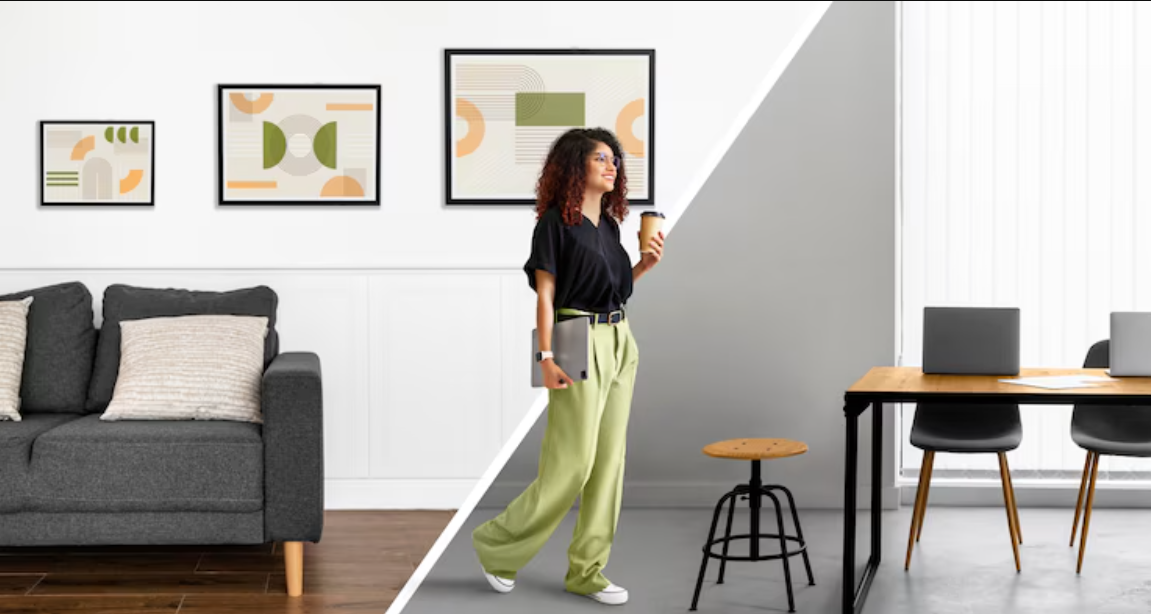Minimalist interior design has long been celebrated for its “less is more” philosophy, but in 2025, this timeless style is undergoing a warm, textural evolution. Let’s explore what defines minimalist interiors, why they remain popular, and how the trend is adapting to our changing tastes and lifestyles.
What Is Minimalist Interior Design?
Minimalist interior design is all about simplicity, functionality, and clarity. Spaces are uncluttered, with open layouts, clean lines, and a neutral color palette. Every element serves a purpose, and decorative objects are kept to a minimum. The focus is on quality over quantity-think sleek furniture, natural light, and a calming sense of order. This approach creates serene, harmonious environments that feel both modern and timeless.
The Core Principles of Minimalism in Home Interiors
- Simplicity: Clean lines, uncluttered spaces, and a restrained approach to color and decor.
- Functionality: Every item is chosen for its utility as well as its aesthetic value.
- Quality Over Quantity: Fewer pieces, but each is thoughtfully selected and often made from high-quality materials.
- Neutral Palette: Whites, beiges, grays, and soft pastels dominate, creating a calm and airy atmosphere.
- Open Space: Minimalist interiors maximize natural light and avoid overcrowding, making rooms feel larger and more inviting.
Why Minimalism Has Been Popular Until Now?
Minimalism’s popularity stems from its ability to create peaceful, organized spaces that provide relief from the chaos of daily life. In urban environments where space is limited, minimalist design offers a practical solution for maximizing functionality without sacrificing style. Its timeless appeal also means it rarely looks dated, making it a favorite among those who value longevity and simplicity in their homes.
How Minimalism Is Evolving with Texture, Warmth, and Personalization?
In 2025, minimalism is moving beyond stark white walls and cold surfaces. Designers and homeowners are infusing minimalist spaces with warmth, personality, and layered textures. This evolution is sometimes called “warm minimalism.” Instead of sterile, one-tone interiors, the new minimalist look incorporates:
- Layered Neutrals: Mixing different shades and textures within a neutral palette for depth and interest.
- Natural Materials: Wood, stone, linen, and wool add tactile richness and a sense of coziness.
- Personal Touches: Handmade objects, artisan pieces, and meaningful decor items bring soul and individuality to minimalist spaces.
- Soft Lighting: Warm, ambient lighting replaces harsh overheads, enhancing the inviting atmosphere.
This shift makes minimalist interiors feel less rigid and more livable, blending serenity with comfort and character.
The Role of Natural Materials and Layered Neutrals in Modern Minimalism
Natural materials are at the heart of modern minimalist design. Wood, bamboo, rattan, and stone are used for furniture, flooring, and decorative accents, grounding interiors in organic beauty. Layered neutrals-think taupe, sand, and greige-replace flat whites, creating subtle visual interest without overwhelming the senses. Textured textiles like boucle, wool throws, and woven rugs add warmth and softness, making minimalist spaces feel welcoming rather than austere.

Minimalism vs. Maximalism: What’s Trending in 2025?
2025 is seeing a fascinating interplay between minimalism and maximalism. While maximalism celebrates bold colors, eclectic collections, and expressive decor, minimalism is evolving to incorporate some of these elements-just in a more restrained way. The hottest trend is a blend: minimalist foundations with curated pops of color, statement art, or sculptural pieces. This “soft maximalism” allows for both structure and personality, proving that you don’t have to choose between calm and character.
Minimalism continues to appeal to those who crave order and simplicity, but the trend’s new warmth and depth ensure it feels anything but boring. Meanwhile, maximalism offers an alternative for those who love vibrant, layered spaces. In 2025, the best interiors borrow from both, creating homes that are as unique as the people who live in them.
Minimalist interior design in 2025 is about more than just clean lines and empty surfaces. It’s evolving into a style that values comfort, craftsmanship, and personal expression-proving that simplicity and warmth can go hand in hand.



